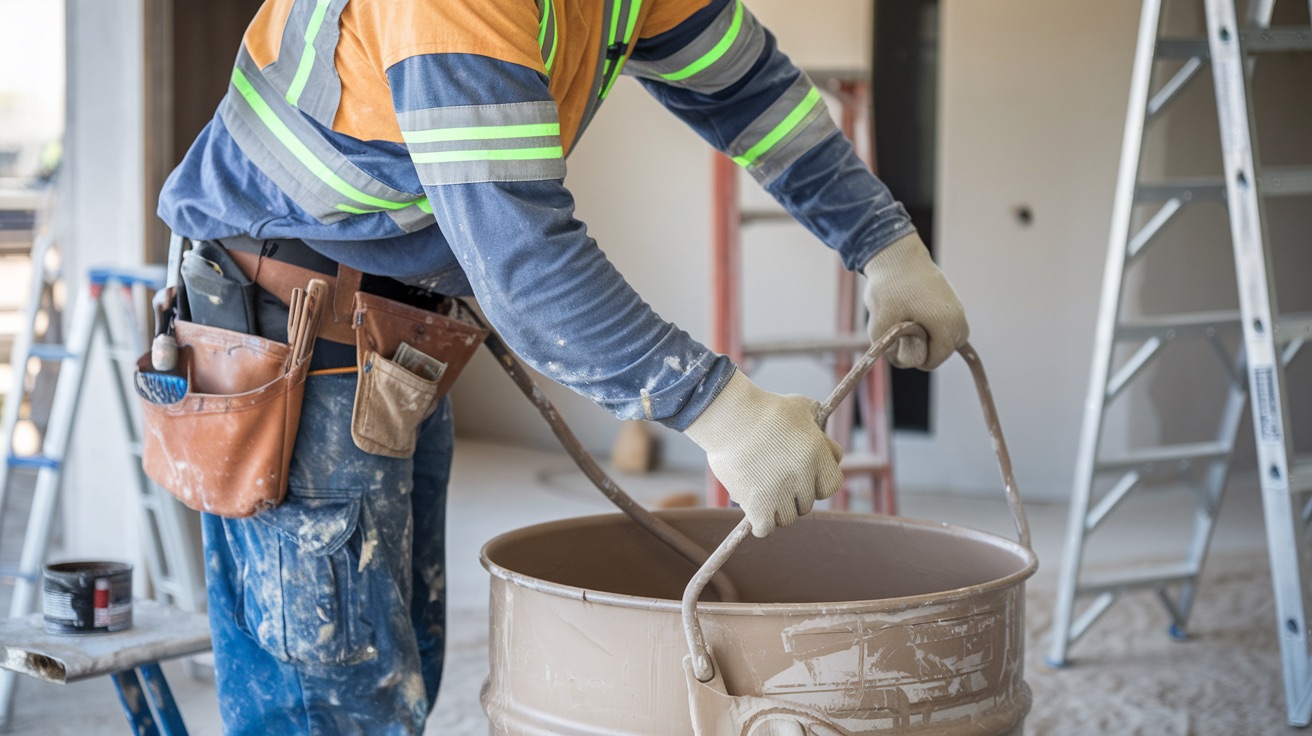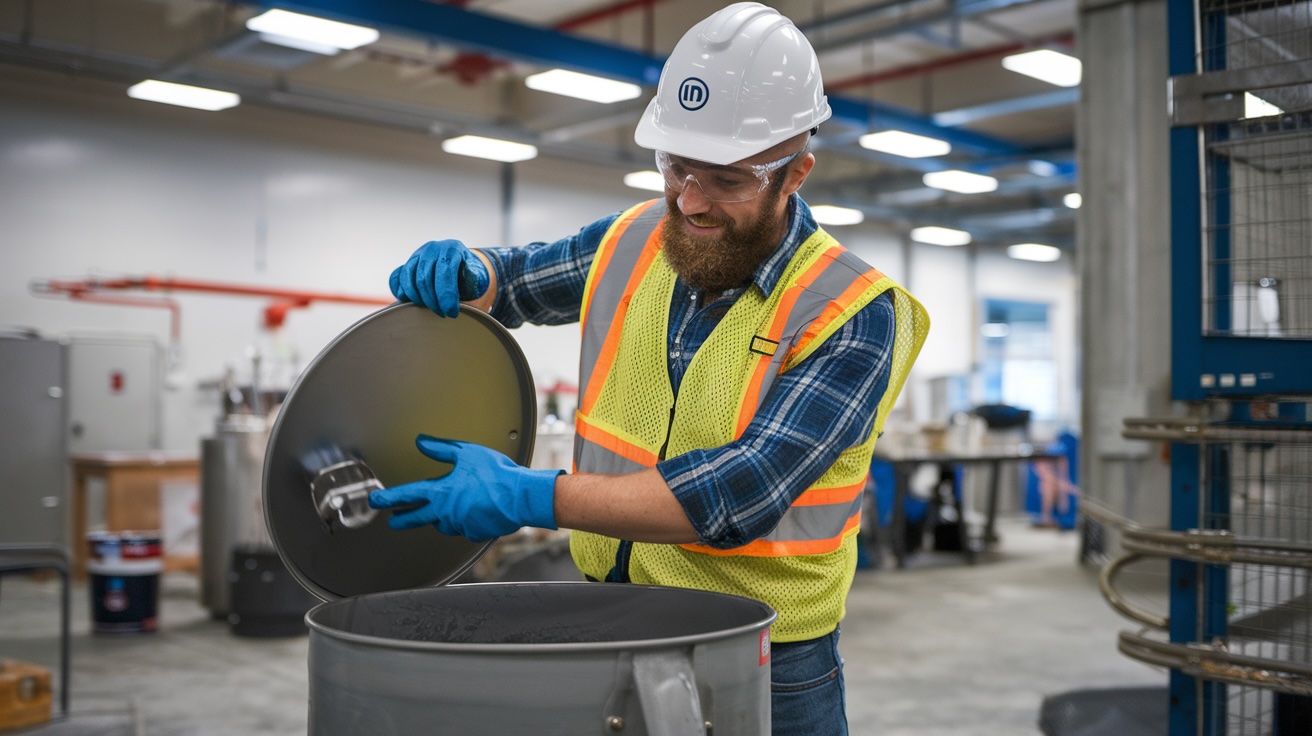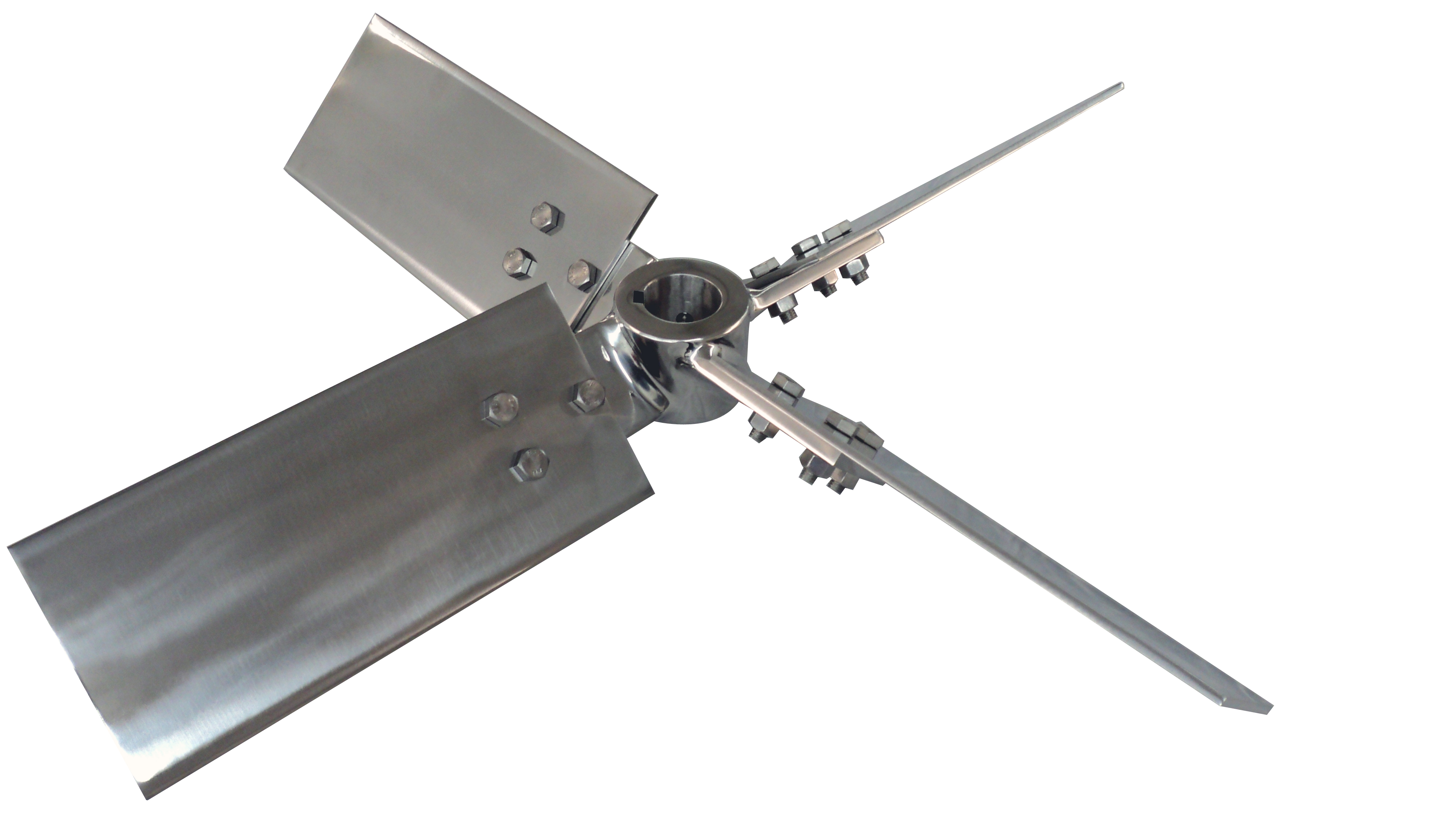Featured Article
Recent Articles

Mark Hennis - President of INDCO, inc.

Mark Hennis - President of INDCO, Inc
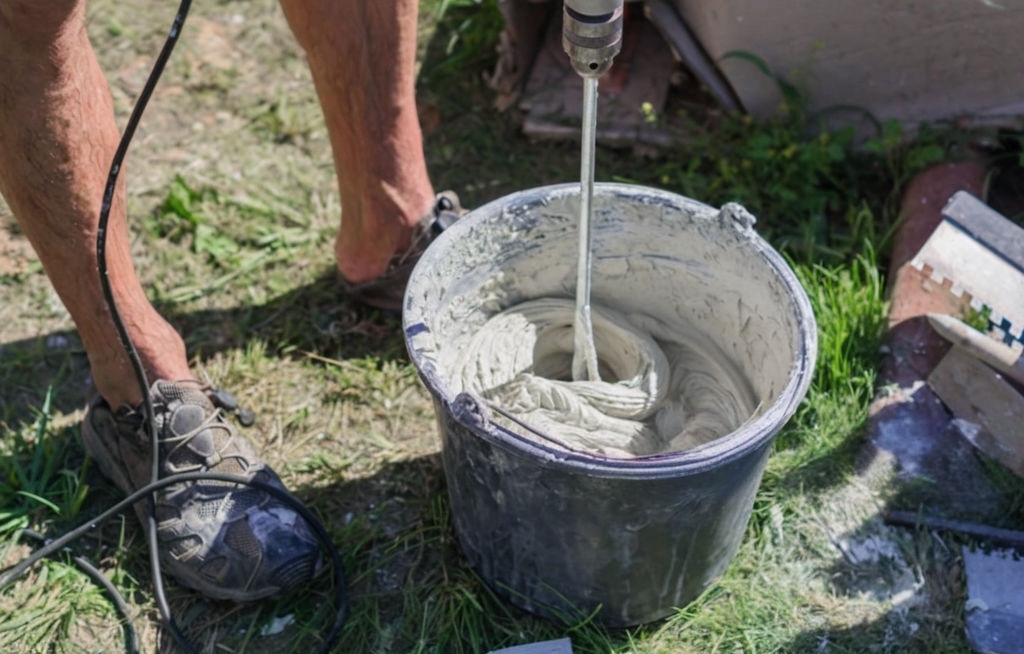
Mark Hennis - President of INDCO Inc.
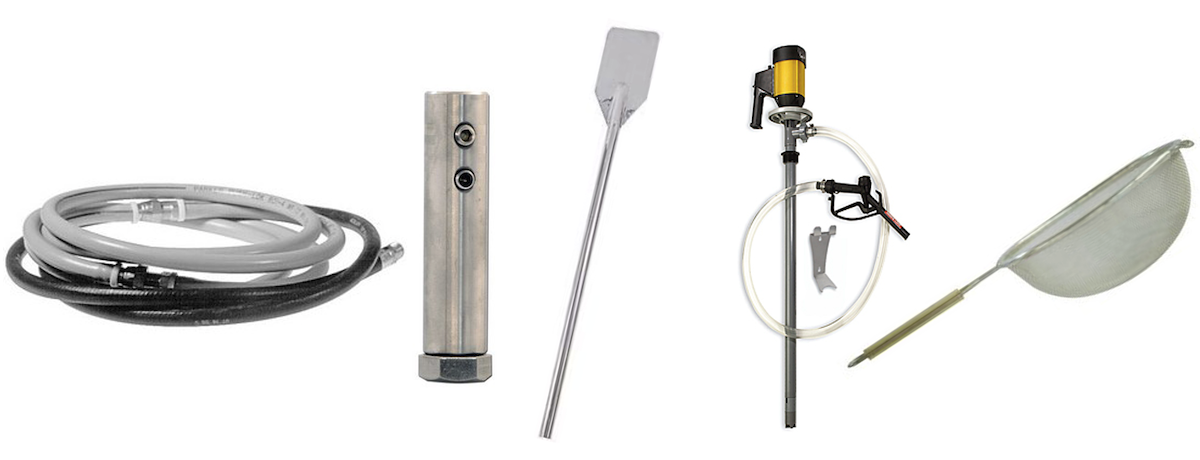
Mark Hennis - President of INDCO, Inc.
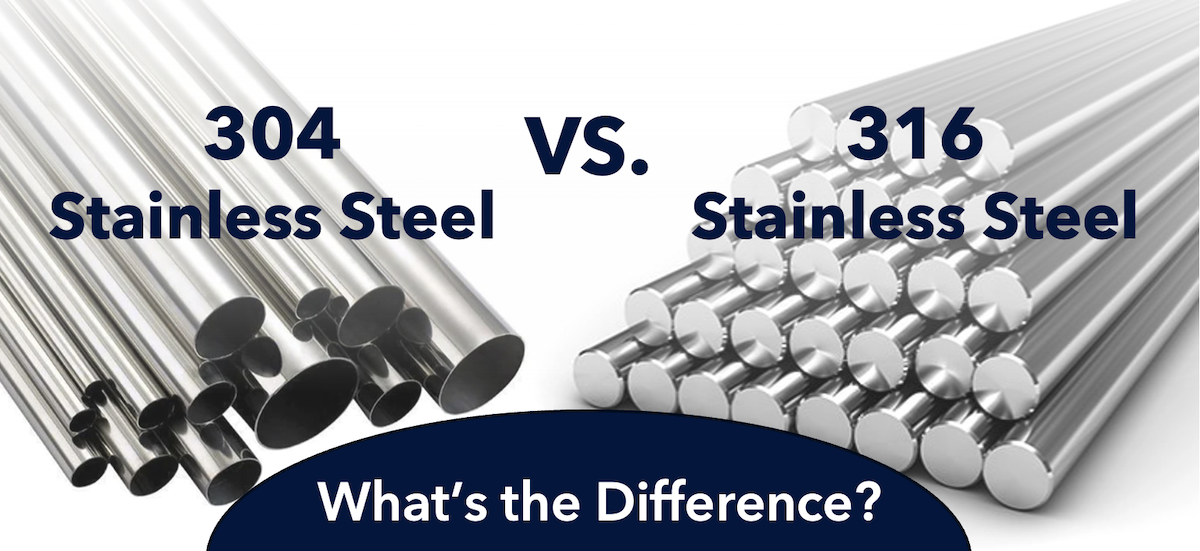
Mark Hennis – President of INDCO, Inc.
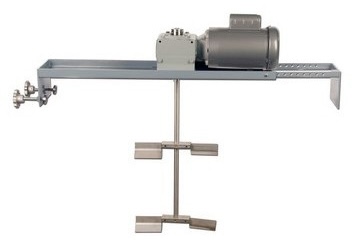
Mark Hennis - President of INDCO, Inc.

Mark Hennis – President of INDCO, Inc.
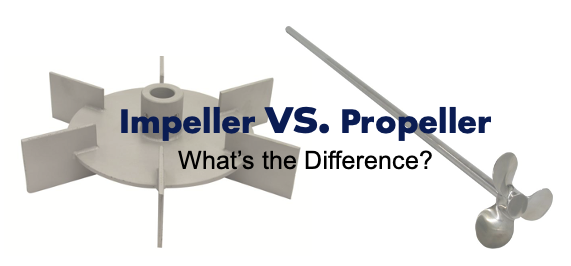
Mark Hennis - President of INDCO, inc.
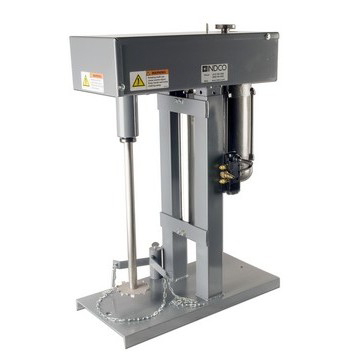
Mark Hennis - President of INDCO, inc.
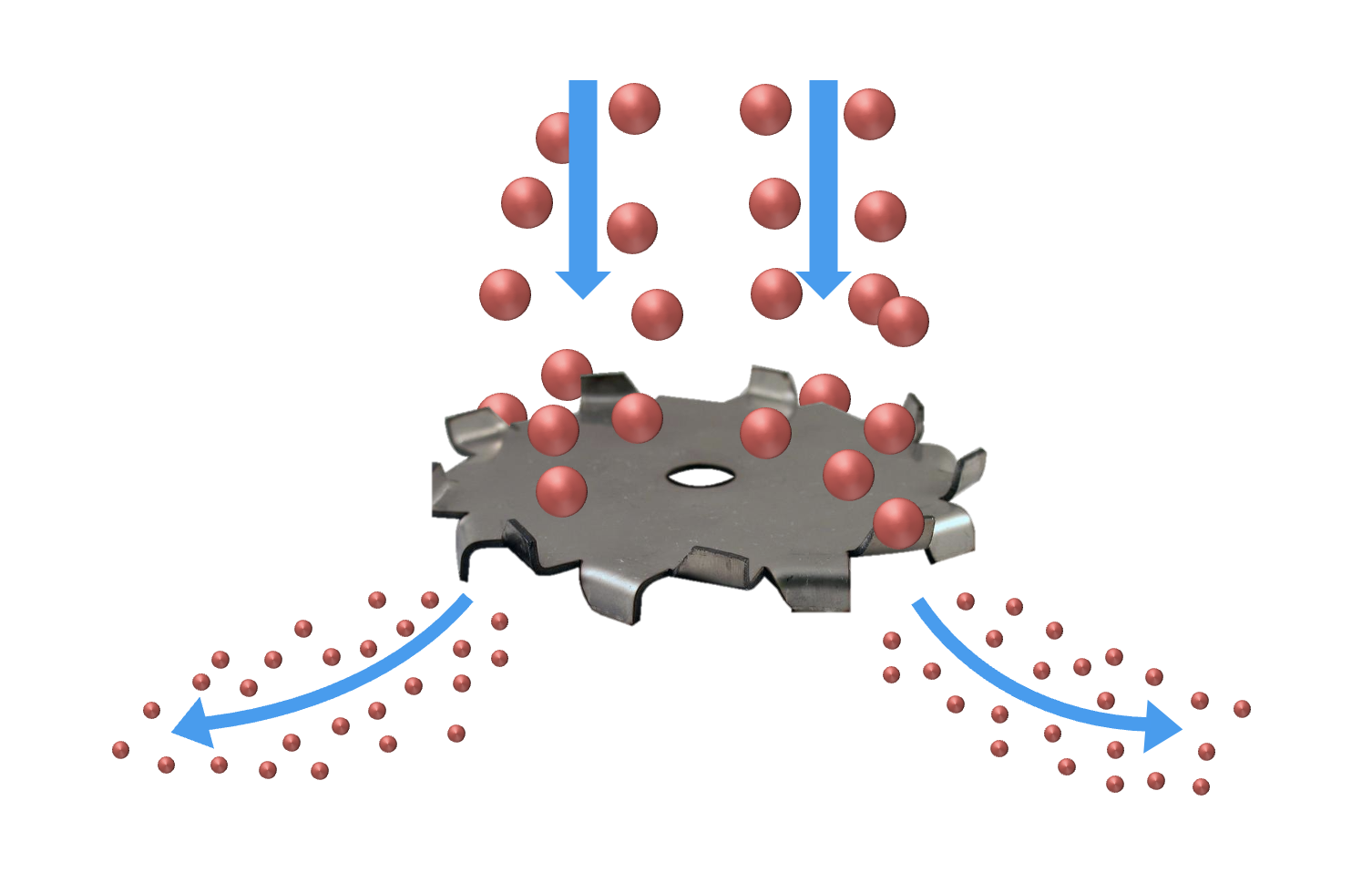
Mark Hennis - President of INDCO, inc.
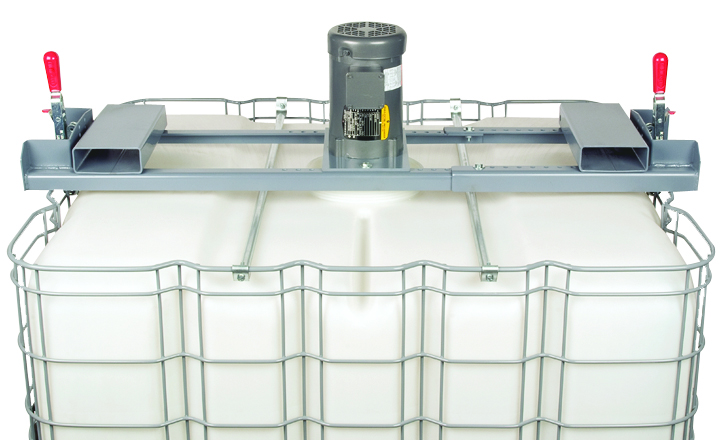
Mark Hennis - President of INDCO, inc.

Mark Hennis - President of INDCO, inc.

Mark Hennis - President of INDCO, inc.

Mark Hennis - President of INDCO, inc.
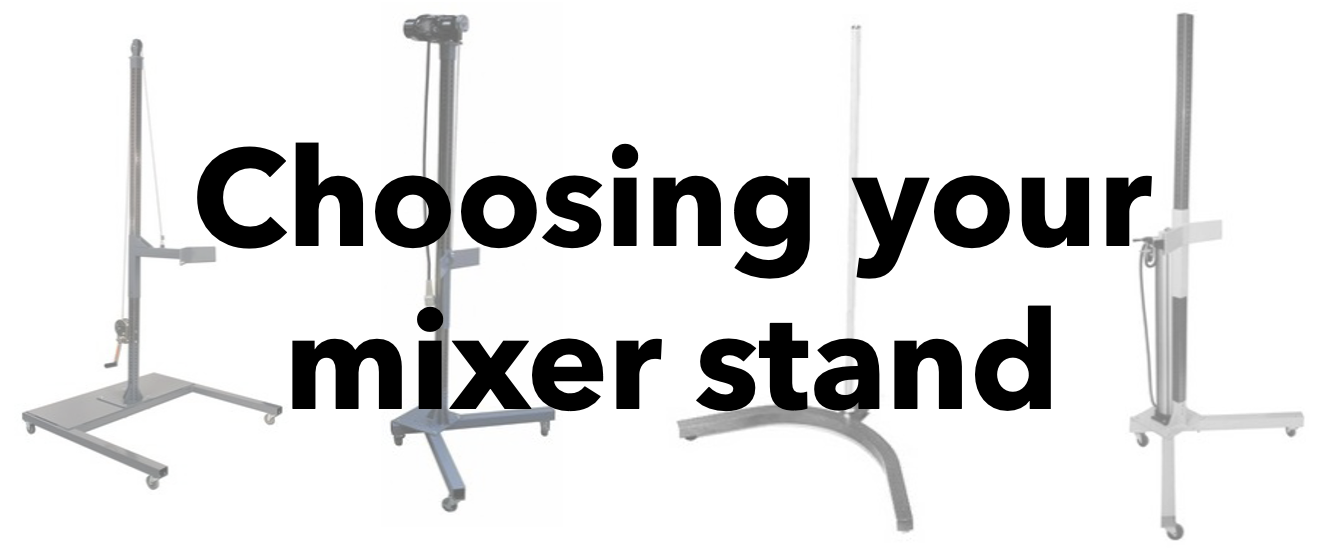
Mark Hennis - President of INDCO, inc.
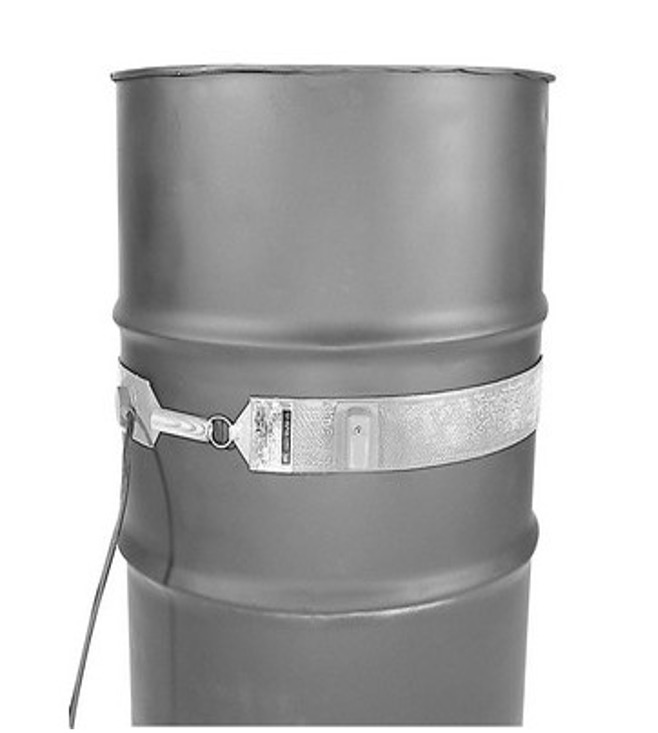
Mark Hennis - President of INDCO, inc.
